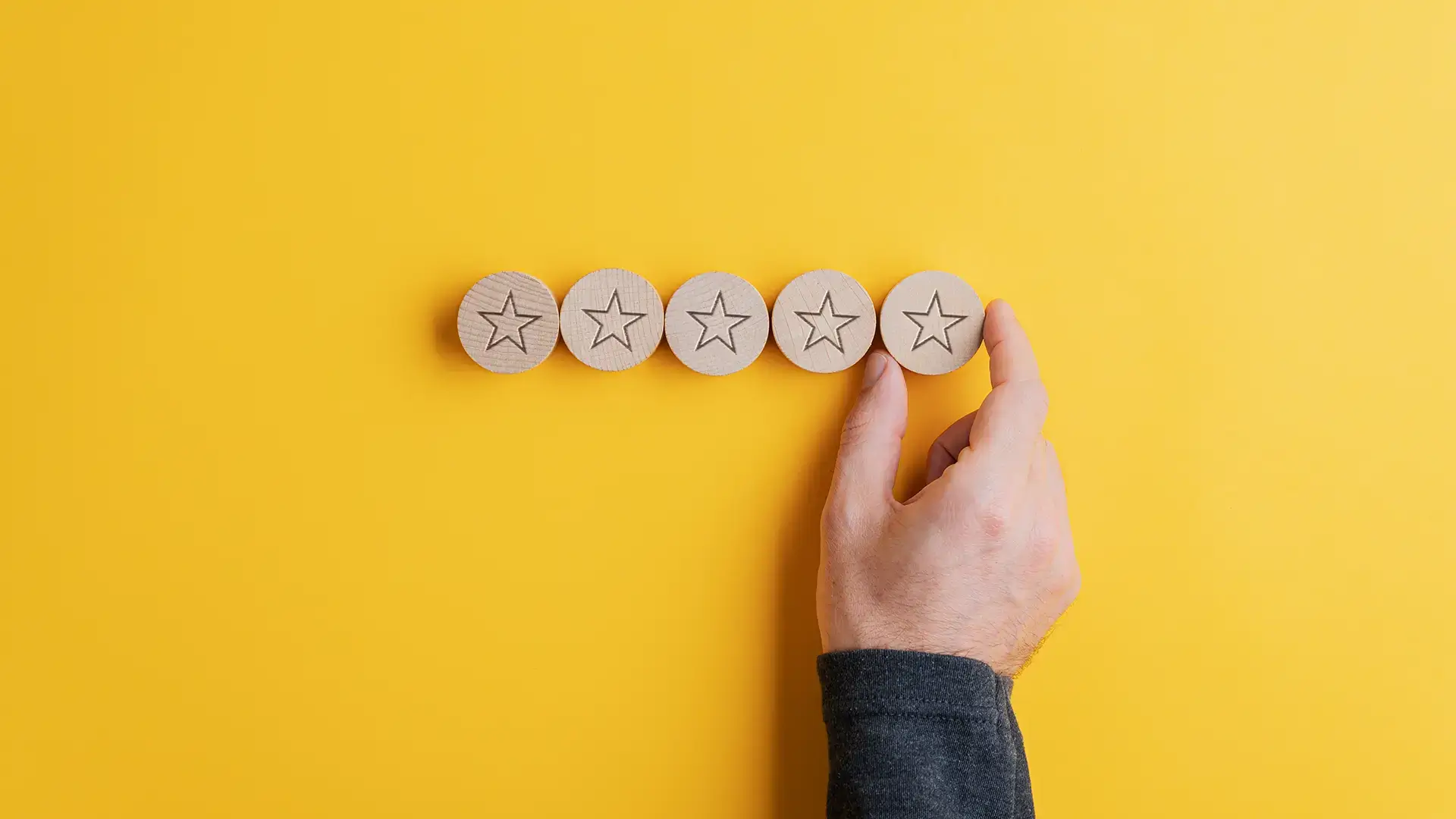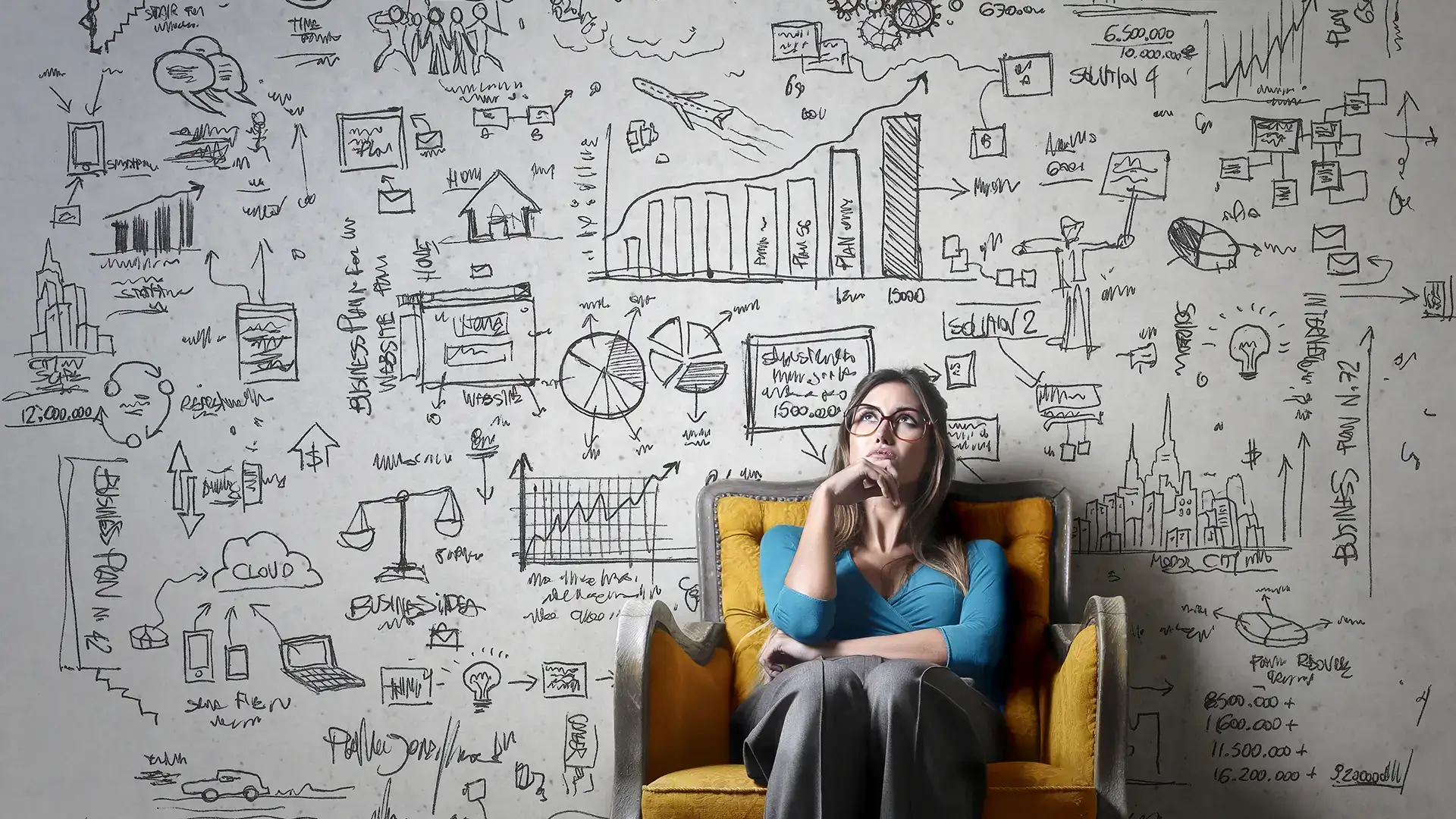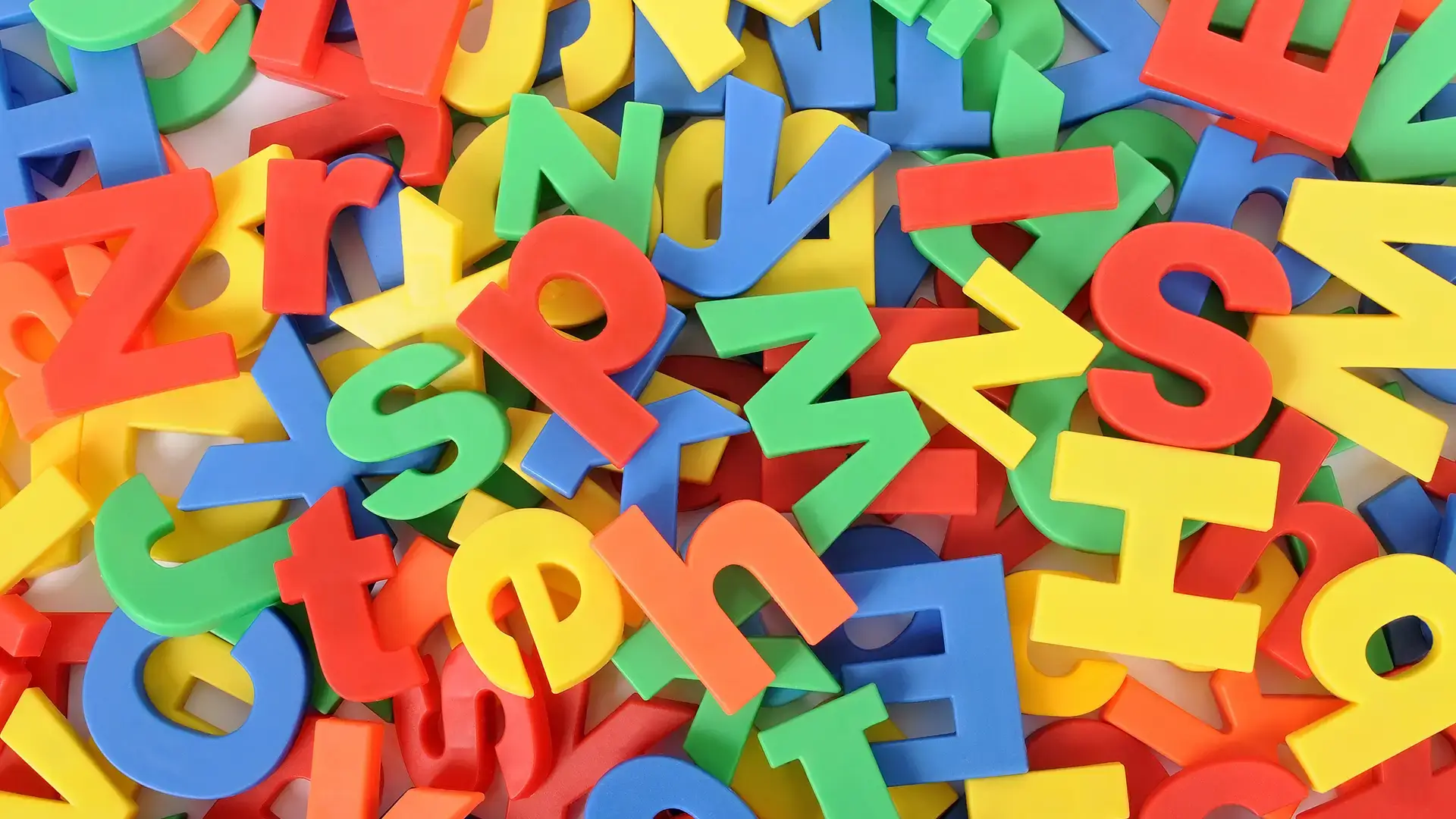What’s the difference between icons and infographics?
Sometimes there is just no escaping the need for large amounts of detailed text on a subject. Often however, this data can be broken up, made more easily digestible and thus enhanced, by the use of either strategically placed icons, or the creation of a bespoke infographic.
Both icons and infographics can also be valuable in marketing a concept, campaign, or even a business service.
To get the most value it’s important to know the difference between the two (this will also massively help should you need to brief a designer!); despite the two terms frequently being used interchangeable they are in fact very different things.
Icons
Icons are simple images, commonly illustrations, usually small, that are used to represent a concept or an object.
They are often used throughout websites and apps as navigational elements, and they can be particularly helpful in conveying complex information easily and across language barriers. For example, a bin icon is universally recognised as being what you press to delete something. Icons are deliberately simple so as to be easy to understand – so people know exactly what action to take without having to think.
They’re not meant to be detailed or provide a lot of information. Instead, they’re designed to be visually appealing and memorable. That’s why they’re often used in situations where space is limited, such as on websites or in email signatures.
Infographics
Infographics, on the other hand, are a whole different beast. They’re more complex visuals that are used to tell a story or convey information without writing everything out.
When developing an infographic it’s best, for it to be most effective, to view it as a story which a clear start, middle and end. By being clear on the journey you want the audience to take through the information the more likely it it is that it will have the clarity needed to be effective.
We can collaborate with you on this to develop a strong hierarchy which has your information organised in a way which is easy to follow, we’ll do so by paying attention to the details around colour, size and font (to name but a few elements we’ll focus on) – all of which enable us to emphasise for you the most crucial components.
Our designers will, as part of this storytelling process, work with you on the layout so as to achieve maximum impact, ensuring there’s enough whitespace so your impact isn’t reduced by your message being overcrowded.
Infographics usually incorporate icons, for the reasons outlined above, but they can also, and often do, include imagery, charts, and graphs to help your intended audience understand a detailed idea without having to process masses of text. Alternatively, they’re often used to break down the various stages of an activity.
The best way for data to be visualised is another key area for our designers when it comes to infographics and we can work with you on the best format for your data so it’s easy for your audience to interpret.
So – while one or some or many icons might make up an infographic, icons alone do not make an infographic. An infographic has many parts but is one story, activity or set of instructions whereas a set of icons might convey many separate, discrete points.
As ever, regardless of whether we’re working with you to create a bespoke set of icons or an infographic, ensuring accessibility will be a key area of focus with colours carefully tested for contrast and alt text included, for images and charts for example.



